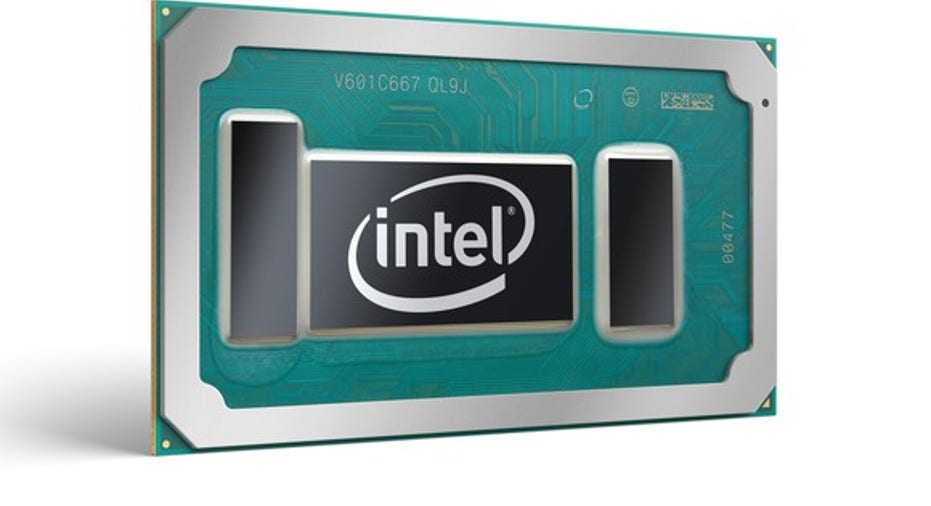Intel Corporation's 14-Nanometer Yields Still Have Room for Improvement

Nearly three years ago, microprocessor giant Intel (NASDAQ: INTC) began mass production of the first chips built using its 14-nanometer chip manufacturing technology. Not only was the mass production start of 14-nanometer products later than expected (production was supposed to start in late 2013, but began in the second quarter of 2014), the company faced significant manufacturing yield issues on that technology.
Manufacturing yield refers to the percentage of chips that Intel produces on a silicon wafer that are usable (functional and meet performance/power specifications).
Image source: Intel.
Since wafer cost is generally fixed, higher yields mean lower effective chip manufacturing costs, while lower yields translate into higher effective chip manufacturing costs.
Poor manufacturing yields hurt the company's gross profit margins in 2015 as it transitioned its personal computer chip product line away from its mature 22-nanometer technology to the new 14-nanometer technology.
Over the course of 2016, Intel saw its manufacturing yields on 14-nanometer technology improve, contributing a $1.25 billion improvement in its client computing group (CCG) operating profit for the full year. However, studying the company's most recent 10-K filing(link opens PDF)closely, one thing becomes clear: There's still room for those yields, and ultimately Intel's product cost structure, to improve in 2017.
The financial evidence
As I noted above, Intel reported a $1.25 billion improvement in CCG operating profit because of reductions in platform costs -- in other words, improved manufacturing yields.
That's all well and good, but if we look back at what drove Intel's CCG operating profit in 2015, we see that the company reported a $2.06 billion negative impact to operating margin due to "higher CCG platform unit costs."
What this seems to suggest, then, is that during 2016, Intel didn't quite "get back" in 2016 what it lost during 2015 in terms of operating margin from the yield improvements.
Or, put another way, the average cost structure of Intel's CCG products in 2016 (dominated by chips manufactured in its 14-nanometer technology) was better than it was for those products in 2015, but still worse than it was in 2014, when the company's products were largely manufactured in its older 22-nanometer technology.
This can also be double-checked by looking at Intel's operating income in its data center group (DCG). DCG began transitioning from Intel's 22-nanometer technology to its 14-nanometer technology in 2016, and unsurprisingly, the company reported a $355 hit to DCG operating income relative to where it was in 2015 due, again, to "higher DCG platform unit costs."
What this means for investors
Intel has made it clear that the substantial majority of its 2017 processor shipments will be of chips manufactured in its 14-nanometer technology. Manufacturing yields likely improved over the course of 2016, meaning that not only will Intel get the benefit of kicking off 2017 with yields at or above the peak levels seen in 2016, but they have the potential to improve over the course of the year as well.
That should help to improve the company's product cost structures across its major business units which, all else being equal, should mean improved product margins.
10 stocks we like better than IntelWhen investing geniuses David and Tom Gardner have a stock tip, it can pay to listen. After all, the newsletter they have run for over a decade, Motley Fool Stock Advisor, has tripled the market.*
David and Tom just revealed what they believe are the 10 best stocks for investors to buy right now... and Intel wasn't one of them! That's right -- they think these 10 stocks are even better buys.
Click here to learn about these picks!
*Stock Advisor returns as of February 6, 2017
Ashraf Eassa owns shares of Intel. The Motley Fool recommends Intel. The Motley Fool has a disclosure policy.